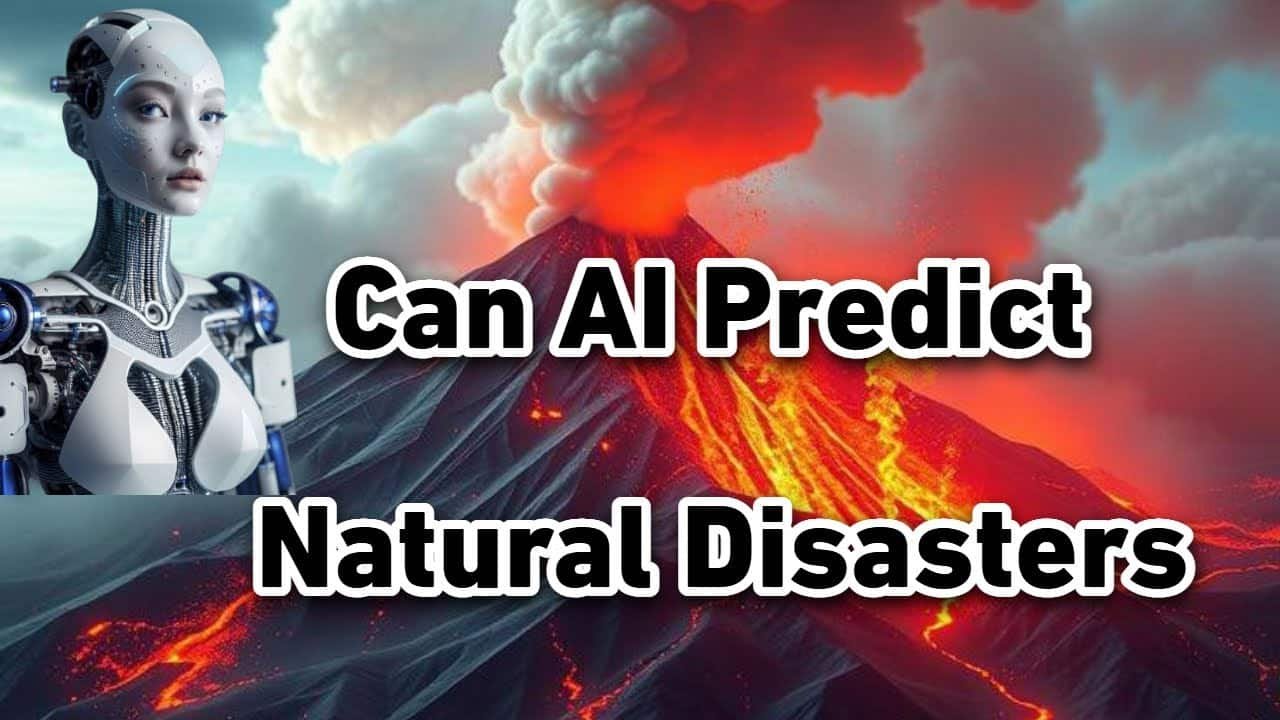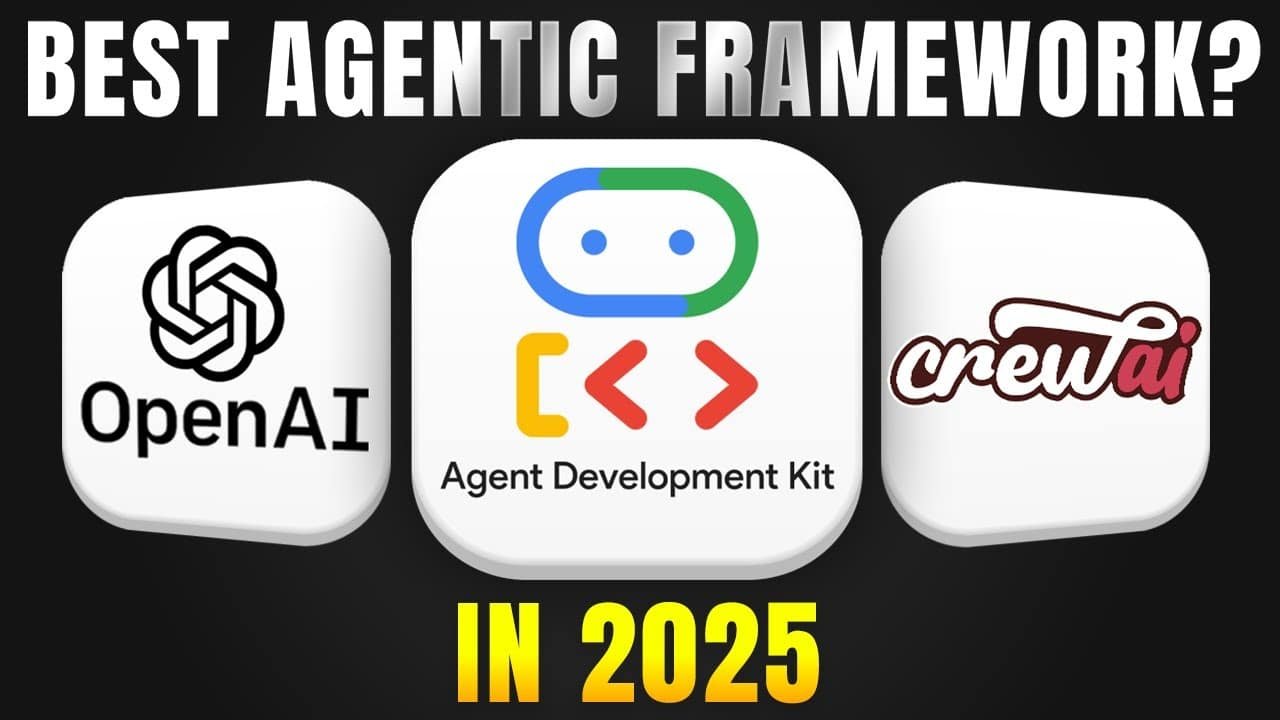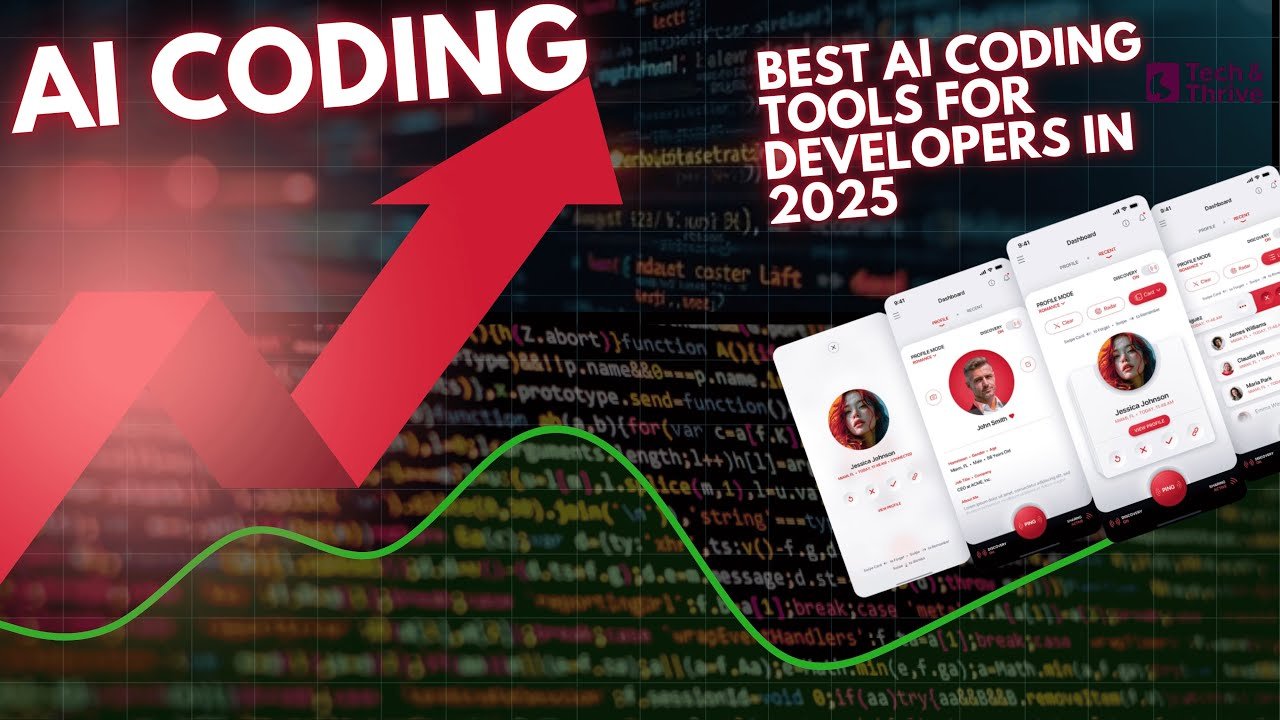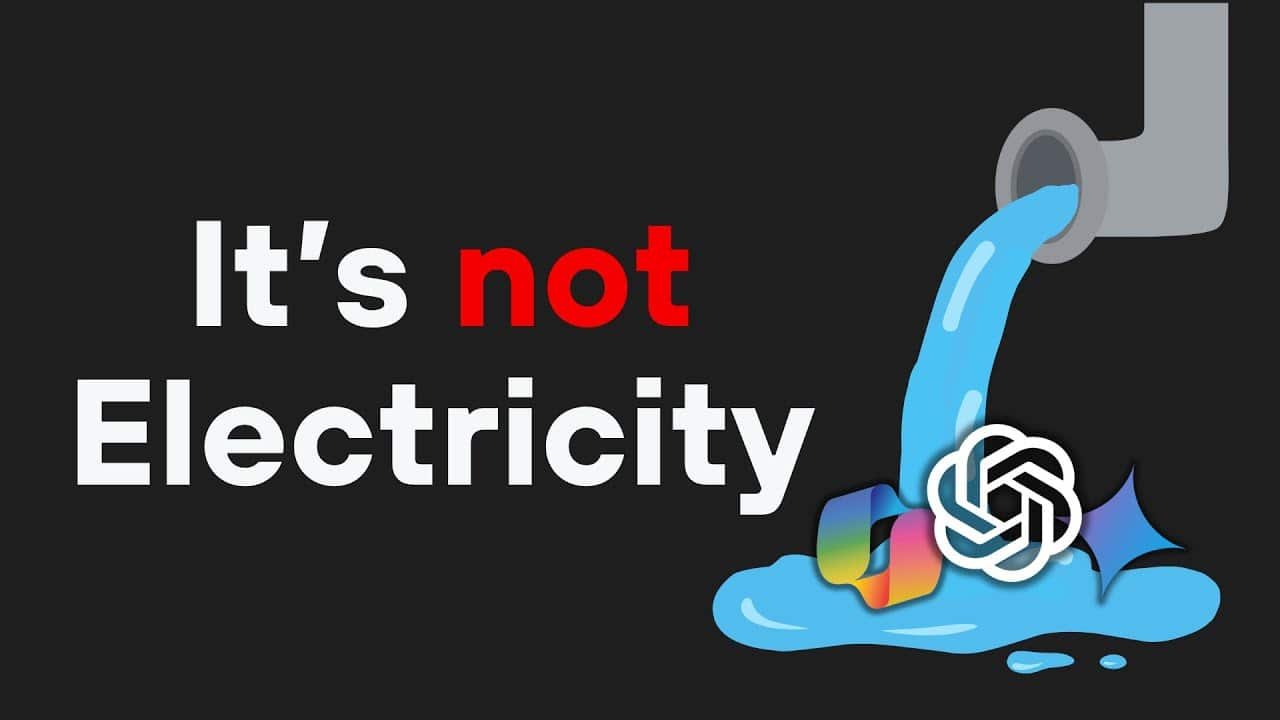Can AI Predict Earthquakes? Thailand & Myanmar 2025 Quakes
🌍 Introduction: The Urgent Need for AI in Earthquake Prediction
Yesterday, I was scrolling through the news when I saw reports of multiple earthquakes shaking Thailand and Myanmar. It hit me hard—earthquakes strike without any warning, and in just a few seconds, lives are turned upside down.
That’s when I started thinking: Can we do more? Can AI actually help us predict earthquakes before they happen?
As someone deeply into AI and tech, I’ve seen how machine learning is transforming industries. But the idea that it could be used to save lives from natural disasters? That’s powerful. With real-time seismic data, mini AI sensors, and deep learning models, we’re now entering a new era where artificial intelligence could give us early warning signs that were previously impossible to detect.
In this blog, I’m going to walk you through how AI is changing the game in earthquake prediction—what tech is behind it, who’s working on it, and how it could become a lifesaver in the very near future.
And no, this isn’t just sci-fi. Even major institutions like NASA and the United States Geological Survey (USGS) are exploring AI to make earthquake forecasting more accurate. (Source)
How AI is Revolutionizing Earthquake Prediction
1. Machine Learning Analyzes Seismic Data
AI-powered models can process massive amounts of historical earthquake data to identify patterns and trends. Machine learning algorithms analyze previous tremors, fault line movements, and seismic wave patterns to predict when and where future earthquakes might occur.
🔹 Example: Google’s AI-powered seismic detection system analyzes global earthquake data to improve early warning systems.
2. Real-Time Monitoring & Early Warning Systems
AI doesn’t just rely on past data—it can also monitor real-time seismic activity to detect early warning signs of an impending quake. By analyzing the intensity and frequency of tremors, AI systems can send alerts minutes or even seconds before a major earthquake strikes, giving people crucial time to take cover.
🔹 Example: Japan’s Earthquake Early Warning (EEW) system uses AI to detect P-waves (fast-moving tremors) before destructive S-waves hit, allowing citizens to prepare.
3. Mini AI Sensors for Earthquake Detection
The rise of mini AI sensors is a game-changer in earthquake monitoring. These compact, low-cost sensors can be deployed across fault lines and populated areas, continuously tracking underground movements and sending real-time updates to AI prediction models.
🔹 Example: Researchers are developing AI-powered IoT sensors that can detect tiny underground shifts, providing valuable data for forecasting earthquakes.
4. AI + Satellite Data = A Powerful Combination
AI can analyze satellite imagery to detect land shifts, ground deformations, and tectonic movements invisible to the human eye. By combining satellite data with AI models, researchers can identify high-risk areas before earthquakes occur.
🔹 Example: NASA is working on AI-driven satellite analysis to predict earthquakes based on ground deformation patterns.
Recent Earthquakes in Thailand & Myanmar: Could AI Have Helped?
Yesterday’s earthquakes in Thailand and Myanmar once again demonstrated the unpredictable nature of seismic activity. If AI-powered prediction systems had been in place, could they have detected early warning signs? The answer is yes—while AI cannot yet predict earthquakes with 100% accuracy, it can detect seismic shifts and patterns that could provide crucial minutes or hours of warning before disaster strikes.
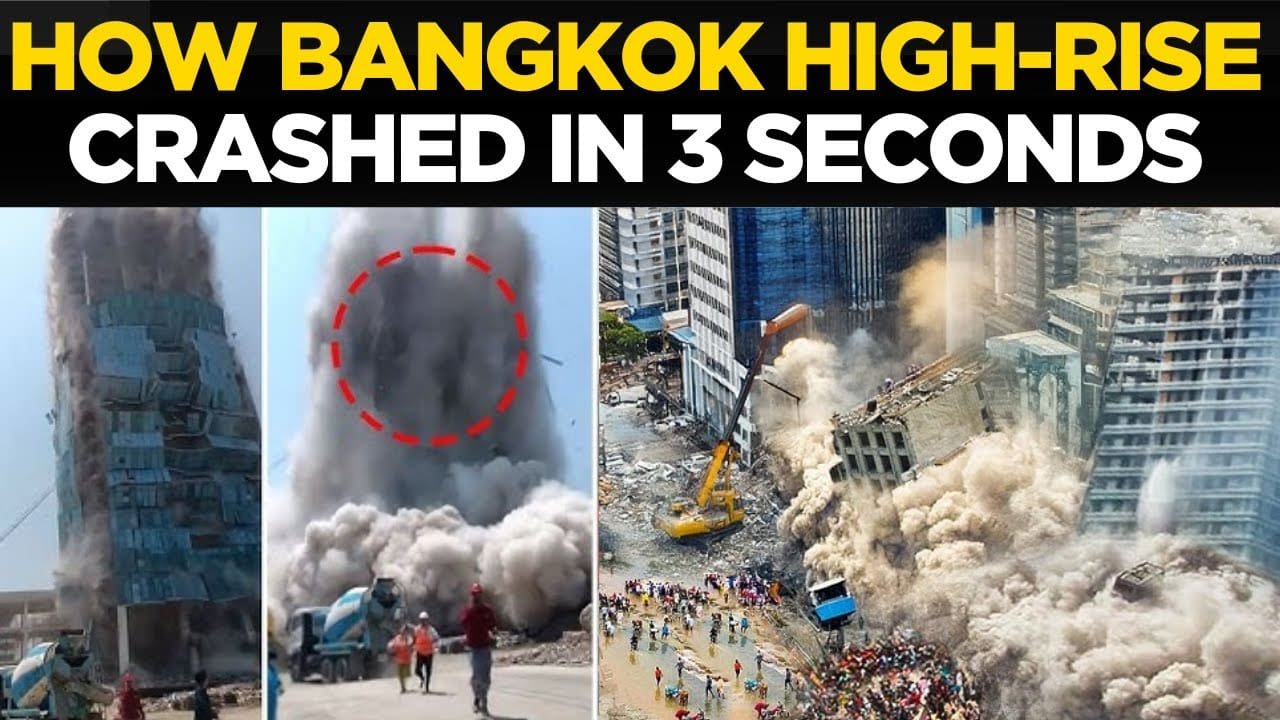
Where Are We Right Now in Using AI for Earthquake Prediction?
While AI has shown great promise in earthquake prediction, it is still an evolving field. Here’s where we currently stand:
✅ AI models can detect patterns but not exact timings: AI systems have successfully identified seismic patterns that indicate an increased risk of earthquakes, but they cannot yet provide precise predictions on when and where an earthquake will occur.
✅ Real-time AI early warning systems exist: Countries like Japan, Mexico, and the U.S. use AI-powered systems to provide early warnings based on seismic activity.
✅ AI is improving risk assessment: AI is helping governments and scientists analyze which areas are at the highest risk of future earthquakes, leading to better disaster preparedness.
✅ Ongoing research is making AI more accurate: AI-powered earthquake prediction projects continue to evolve, integrating deep learning, real-time monitoring, and big data analytics to improve accuracy.
Has AI Successfully Predicted Earthquakes? Real-Life Cases
Although AI is still developing in this area, there have been successful real-life applications of AI in earthquake detection and early warning:
🔹 Mexico’s AI-Powered Earthquake Warning System:
- Mexico uses an AI-enhanced seismic detection system that provides alerts seconds to minutes before an earthquake strikes, allowing people to evacuate.
🔹 Google’s AI-Powered Android Earthquake Alerts:
- Google has developed an AI-powered earthquake detection system that uses smartphone accelerometers to detect early tremors and send alerts.
🔹 Stanford University’s AI Earthquake Research:
- Researchers at Stanford University have trained AI models to predict aftershocks following major earthquakes, helping emergency response teams prepare for secondary tremors.
🔹 China’s AI-Based Seismic Monitoring:
- China is developing AI-driven seismic monitoring stations that analyze underground movements to improve earthquake forecasting.
| Country/Project | AI Application | Impact | Lives & Money Saved |
|---|---|---|---|
| Mexico’s AI-Powered Earthquake Warning System | AI-enhanced seismic detection | Alerts people seconds to minutes before an earthquake strikes. | Thousands of lives saved; reduced infrastructure damage and economic loss. |
| Google’s Android Earthquake Alerts | Uses smartphone accelerometers to detect tremors | Sends real-time earthquake alerts to Android users worldwide. | Helps millions receive early warnings; minimizes casualties and property damage. |
| Stanford University’s AI Earthquake Research | AI models predict aftershocks | Helps emergency response teams prepare for secondary tremors. | Reduces injuries and fatalities by preventing collapses from aftershocks. |
| China’s AI-Based Seismic Monitoring | AI-driven underground movement analysis | Improves earthquake forecasting and early warning systems. | Enhances disaster preparedness, saving lives and billions in potential damages. |
These successes show that AI is already making an impact—but there is still more work to be done to achieve fully accurate earthquake prediction
Challenges & Limitations of AI in Earthquake Prediction
Despite its potential, AI still faces challenges in earthquake prediction:
- Lack of labeled data: AI models need large datasets of previous earthquakes to improve accuracy.
- Complexity of fault lines: Earthquake patterns are influenced by multiple unpredictable factors.
- Hardware limitations: Mini AI sensors and IoT devices are still being developed for large-scale deployment.
However, ongoing advancements in AI and data collection are making earthquake prediction more reliable and accurate every year.
The Future of AI in Disaster Prevention
As AI technology evolves, we can expect even better earthquake prediction systems:
- AI-driven emergency response systems to help governments and disaster relief teams act faster.
- Enhanced mini AI sensors for continuous real-time seismic monitoring.
- Improved satellite-based AI models to detect earthquake risks months in advance.
Bonus : How to Protect Yourself During an Earthquake – Step by Step Guide
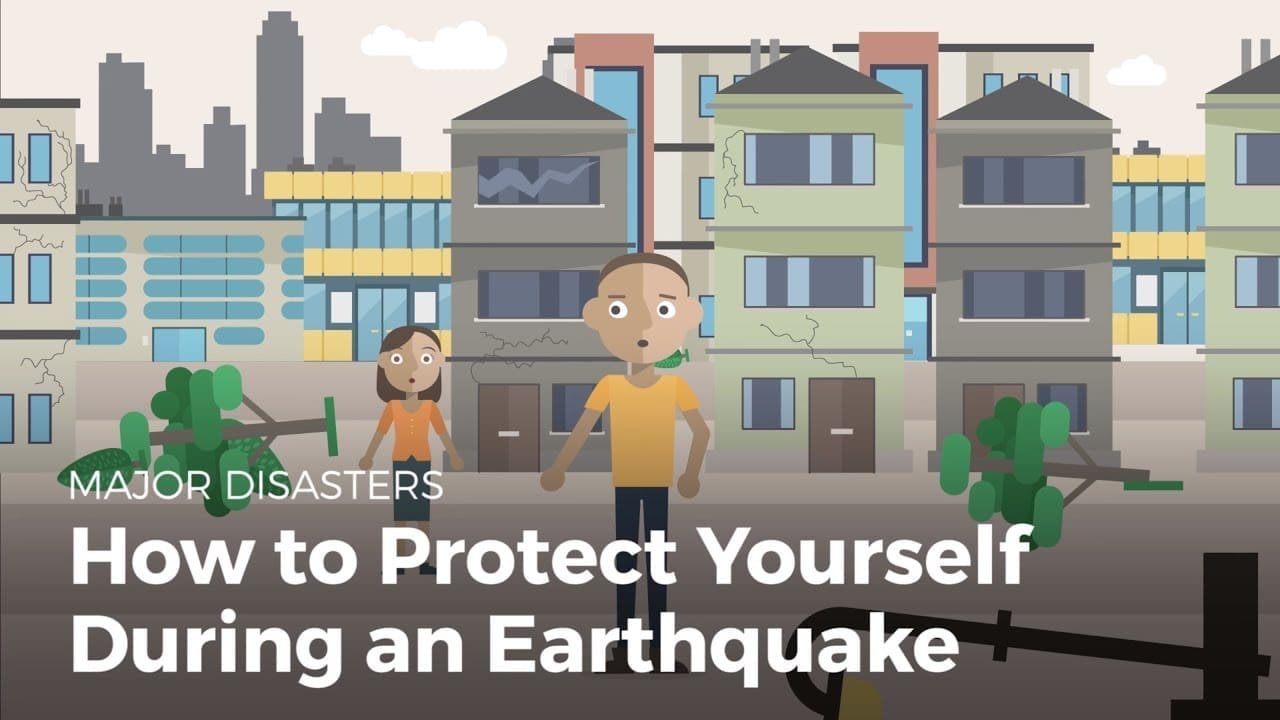
Earthquakes can strike without warning, and knowing how to react instantly can save your life. Here’s what to do before, during, and after an earthquake to stay safe.
🌟 Before an Earthquake: Preparation is Key
✅ Identify Safe Spots in Your Home
Find sturdy furniture like a table or desk where you can take cover.
Avoid areas near windows, mirrors, and heavy objects that can fall.
✅ Secure Heavy Items
Bolt bookshelves, cabinets, and TVs to walls.
Store breakable items in low cabinets with latches.
✅ Prepare an Emergency Kit
Pack water, non-perishable food, a flashlight, batteries, a first-aid kit, and extra clothes in a backpack.
Keep important documents (ID, passports) in a waterproof bag.
✅ Practice Earthquake Drills
Teach family members the “Drop, Cover, and Hold On” method.
Plan an evacuation route if you live in a tsunami-prone area.
🌍 During an Earthquake: Stay Calm & Take Cover
1. If You Are Indoors
🏠 Drop, Cover, and Hold On!
Drop to the ground to avoid being knocked over.
Cover your head and neck under a table or desk.
Hold on to something sturdy until the shaking stops.
🚪 Stay Indoors Until It’s Safe
Do not run outside during shaking—falling glass, debris, and power lines can be deadly.
Avoid elevators and stairs as they may collapse.
2. If You Are Outdoors
🚶 Move to an Open Area
Stay away from buildings, trees, streetlights, and power lines that could collapse.
Drop to the ground and protect your head from falling objects.
3. If You Are in a Car
🚗 Stop Safely & Stay Inside
Pull over in a clear area (away from bridges, overpasses, and tall structures).
Stay inside the car and wait until the shaking stops before driving carefully.
🚑 After an Earthquake: Stay Safe & Avoid Risks
✅ Check Yourself & Others for Injuries
Apply first aid if needed and help others if you can.
Do not move seriously injured people unless there’s an immediate danger.
✅ Inspect Your Surroundings for Damage
Watch out for gas leaks, fires, and damaged buildings.
If you smell gas, turn it off and leave the area immediately.
✅ Be Prepared for Aftershocks
Earthquakes are often followed by smaller aftershocks—stay alert and repeat safety steps if needed.
✅ Listen to Official Updates
Use a battery-powered radio to follow emergency broadcasts.
Follow evacuation orders if instructed by authorities.
Frequently Asked Questions (FAQ) on AI & Earthquake Prediction
1. Can AI Accurately Predict Earthquakes Before They Happen?
AI has made significant progress in analyzing seismic patterns and detecting early warning signs. However, it cannot yet predict the exact time, location, or magnitude of an earthquake with 100% accuracy. AI can provide early warnings based on real-time seismic data, giving people a chance to react.
2. How Can I Protect Myself Using AI-Based Earthquake Alerts?
✅ Enable AI-powered earthquake alerts on your smartphone (e.g., Google’s Android Earthquake Alerts).
✅ Follow government-issued AI-driven warnings (e.g., Japan’s Earthquake Early Warning System).
✅ Use smart home devices & IoT sensors that can detect tremors and provide alerts.
✅ Stay updated with AI-driven risk assessments to know if you live in a high-risk earthquake zone.
3. What Should I Do During an Earthquake?
If you receive an AI-powered early warning or feel shaking:
Indoors: Drop, Cover, and Hold On! Get under a sturdy table and stay away from windows.
Outdoors: Move to an open area, away from buildings, trees, and power lines.
In a car: Stop safely, away from overpasses and bridges, and stay inside until the shaking stops.
Near the coast: AI can detect earthquakes that may cause tsunamis—move to higher ground immediately if an alert is issued.
4. What AI Apps & Tools Can Help During an Earthquake?
Google’s Android Earthquake Alerts – Uses AI to detect tremors and send alerts.
ShakeAlert (U.S.) – An AI-driven early warning system for the West Coast.
QuakeAlert USA – AI-based app that provides early earthquake warnings.
LastQuake – AI-assisted reporting of earthquakes globally.
5. Can AI Help Rebuild After an Earthquake?
Yes! AI helps in disaster recovery by:
✅ Analyzing satellite images to assess damage.
✅ Helping governments allocate emergency aid efficiently.
✅ Using AI-powered drones to locate survivors.
✅ Predicting aftershocks to prevent further damage.
Conclusion: AI’s Role in Saving Lives
AI is not a crystal ball, but it is a powerful tool that can revolutionize earthquake prediction and disaster preparedness. With machine learning, real-time monitoring, mini AI sensors, and satellite analysis, AI is bringing us closer to predicting earthquakes with greater accuracy.
🌍 As earthquakes continue to strike around the world, AI could be the key to saving thousands of lives in the future.
🔗 Stay updated on AI breakthroughs: Read More

